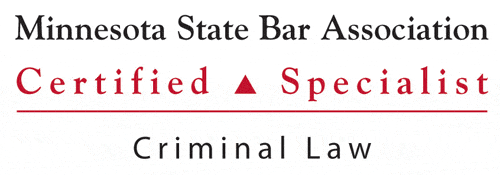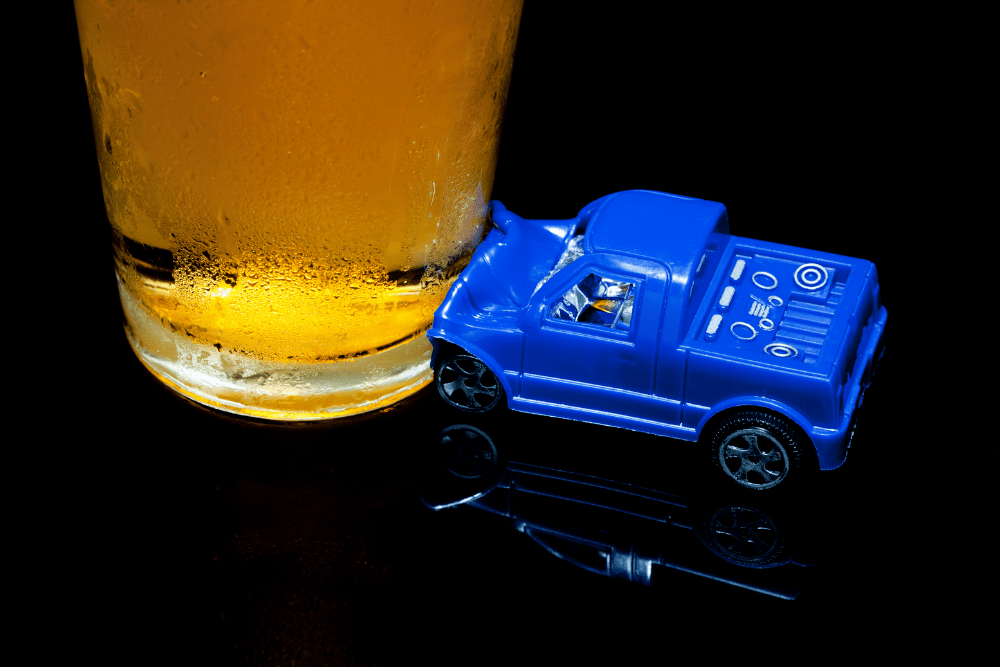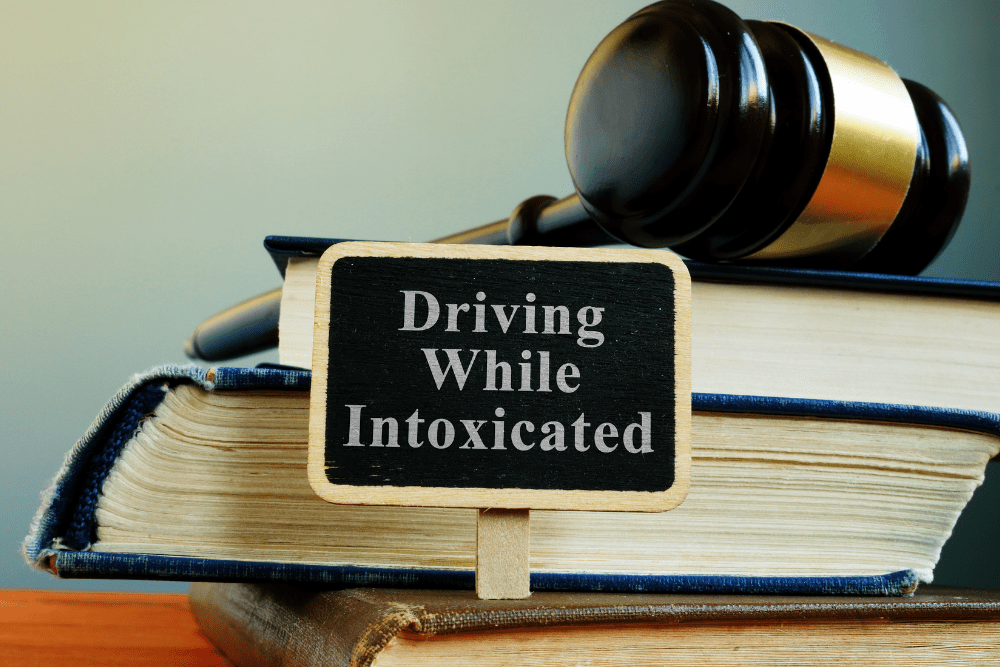Being arrested for driving while intoxicated (DWI) can be a frightening experience. You may not be sure of what will face you next – and you’re not alone.
More drivers than you may expect are arrested for suspicion of DWI in Minnesota each year, and the system that governs DWIs in Minnesota can be complicated to understand.
Here’s what you need to know about DWIs in the state, plus what factors can turn a DWI misdemeanor into a felony offense.
What Is a DWI?
DWIs, also sometimes referred to as DUIs, are defined in the state of Minnesota as operating, being in physical control of, or driving a motor vehicle while:
- Being knowingly under the influence of a substance that impairs driving abilities
- Being under the influence of drugs or alcohol
- Having a blood alcohol level above the legal limit of 0.08 percent, also known as a “DWI per se”
- Having any amount of a drug from Schedule I or Schedule II in your system with the exception of marijuana
The law also makes it possible to be arrested for a DWI if you refuse to take an alcohol breath test when the officer suspects you are indeed committing one.
Different Levels of DWI and Penalties
There are two different levels of DWIs, with associated penalties, in Minnesota: misdemeanor and felony.
Misdemeanor DWIs in Minnesota
If it is a first, second, or third DWI offense in Minnesota, offenders will likely only face misdemeanor charges. The penalties faced can be either criminal or administrative. Criminal penalties for misdemeanor DWIs include:
- Fourth Degree – A misdemeanor, fourth-degree DWI can result in up to three months in jail and fines of as much as $1,000.
- Third Degree – A gross misdemeanor, third-degree DWI can result in as many as 12 months in jail and fines of $3,000.
- Second Degree- Also a gross misdemeanor, it can result in up to 12 months in jail and fines of $3,000.
The administrative penalties for misdemeanor DWI include:
- Cancelation or revocation of a driver’s license
- Vehicle forfeiture
- Plate impoundment
Felony DWIs in Minnesota
Several things can separate a misdemeanor DWI from a felony DWI in Minnesota. If aggravating factors are involved in a case, a DWI can be charged as a felony. Some common aggravating factors involved in DWI cases include:
- Blood alcohol level of 0.16 percent or more
- Prior DWI offenses on your record over the last 10 years
- A child under the age of 16 in the vehicle at the time of the arrest
- A prior felony DWI conviction
The administrative penalties for felony DWIs are similar to misdemeanor DWIs in Minnesota, but the criminal penalties are much more severe. In Minnesota, a felony DWI is a first-degree offense that can result in fines of as much as $14,000 and up to seven years in prison.
If bodily injury or death occurs as a result of a DWI, you can also be charged with Criminal Vehicular Operation in Minnesota. If convicted, it can result in as many as 10 years in prison and fines of as much as $20,000.
Drinking and driving isn’t a safe option – for your health or your criminal record. If you find yourself in the position of being charged with a DWI in Minnesota, then it’s important to not only understand the seriousness and the nature of the charges against you, but also your legal rights.
About the Author:
Christopher Keyser is an AV-Preeminent rated criminal and DWI defense attorney based in Minneapolis who is known for fighting aggressively for his clients and utilizing innovative tactics to get the most positive results. He has been featured in numerous media outlets due to the breadth and depth of his knowledge and named a Certified Specialist in Criminal Law by the Minnesota Bar Association. Mr. Keyser is Lead Counsel rated, and he has received recognition for his criminal law work from Avvo, Expertise, Super Lawyers, The National Trial Lawyers, and more.







